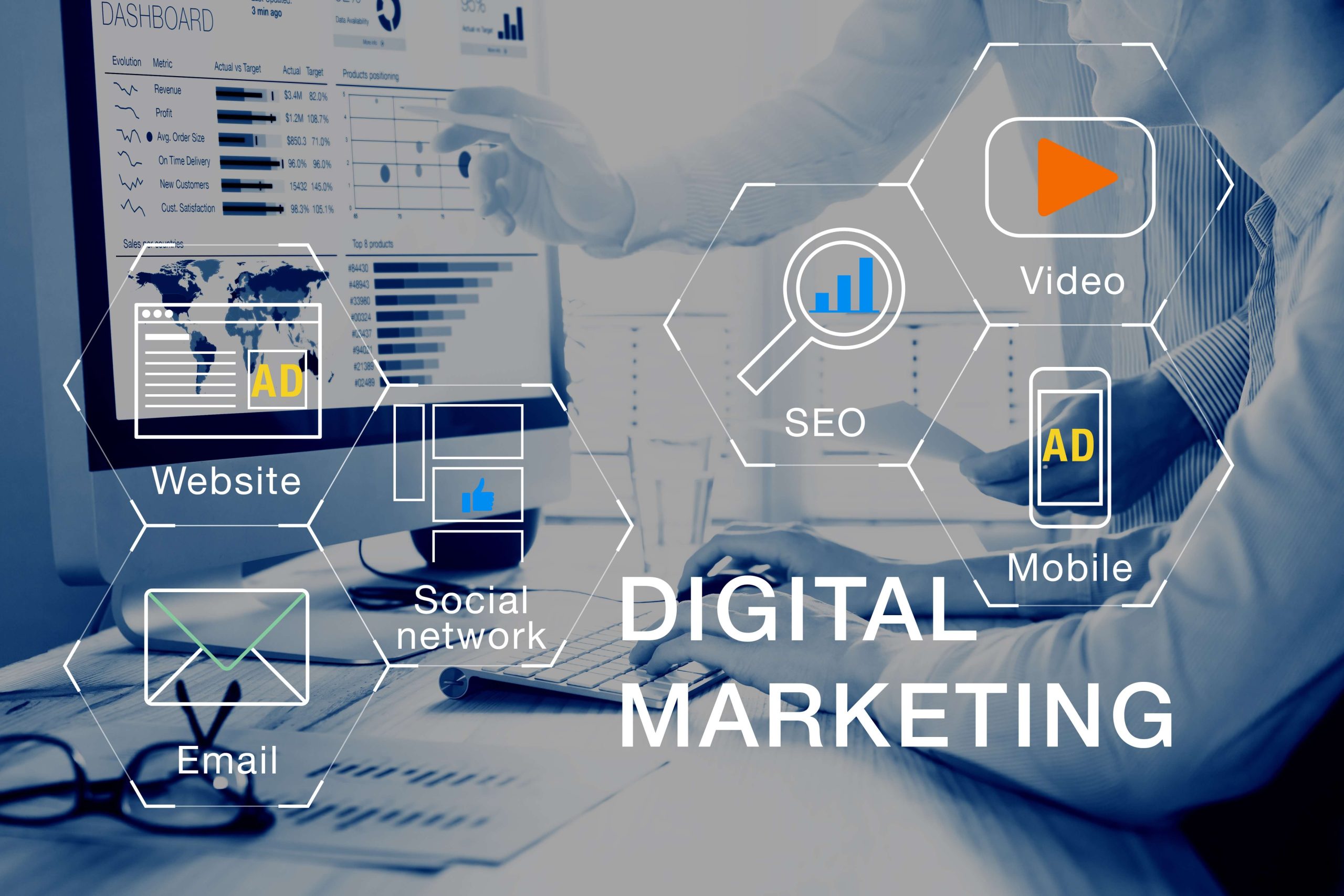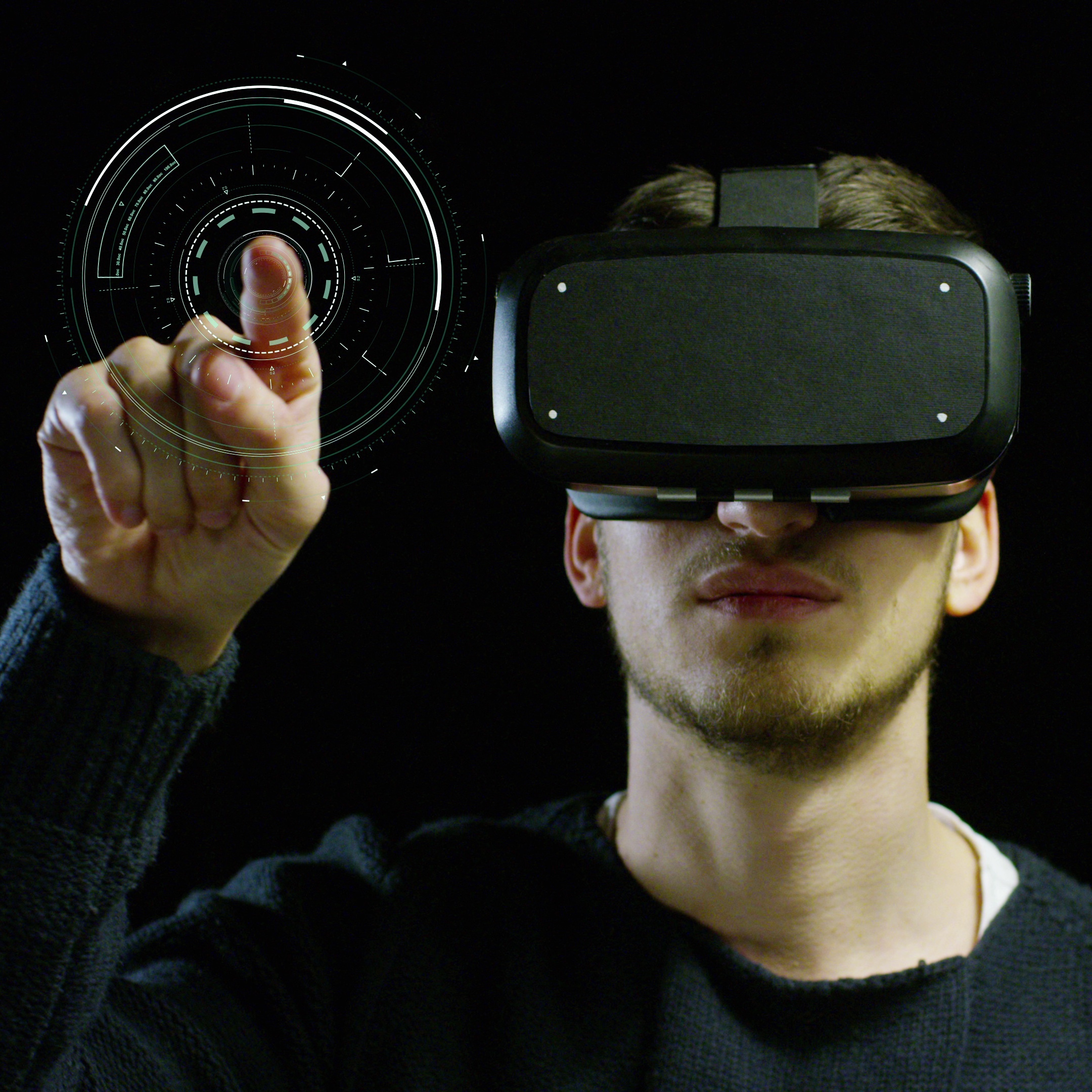Beyond the Walls: Extending the Impact of Experience Centers Through Digital Marketing
Making an emotional connection with your customers could help you outperform your competitors’ sales growth by up to 85%. Indeed, the chance to forge an emotional bond with customers is the foremost incentive for brands to establish physical experience centers, followed by varied other goals. Typically, a B2B brand will invest in an experience center to provide experiential, emotional context to big-ticket meetings. The idea is to invite large-deal stakeholders to deep-dive into who the brand is, what it envisions, its most significant accomplishments, and its most treasured stories. Here’s when immersive displays enter, deliberately and strategically setting the tone for collaboration and deal-making meetings that follow.
Also known as executive briefing centers, these enlivened spaces are also helpful in bringing new executives up to speed and cementing the brand among internal stakeholders, including employees, vendors, and B2B partners.
For B2C brands, physical experience centers take on the avatar of brand museums where customers, prospects, and the public, in general, get a chance to interact with a brand’s values and persona and also learn more about products, behind-the-scenes processes that go into production and so on.
Executive briefing centers and brand museums achieve similar goals but differ in their target audience. Executive briefing centers target a narrower B2B audience, whereas brand experience centers appeal to the general public.
Whether you’re a B2B or a B2C brand, you can ramp up attention, recall, and interest by showcasing the experience center using digital marketing. In this blog, we will precisely discuss how brands can boost the impact of brand museums and executive briefing centers with intelligent and strategic digital marketing moves.
Six Easy Digital Marketing Strategies to Boost A Brand Experience Center’s Impact
1. Tap into the followers of high-profile brands and visitors.
Works for Both brand museums and executive briefing centers
You can tap into the reach and followership of high-influence executives who come to your physical briefing center. These individuals usually gain followers from diverse sectors, including media, clients, and other interested parties that might also be relevant to your business. One of the easiest ways to achieve this is to have a photo op that eventually translates into a social media post for your company’s LinkedIn page.
That may or may not happen organically, and that’s why you need to take strategic steps to ensure that you can get interesting, usable shots that grab attention and make a point as a post.
Here are the key steps to using this digital marketing strategy to boost your experience center’s impact:
- Gear facilitators to click good-quality images of dignitaries and other VIPs exploring the various assets at the physical experience center and get their sign-off on utilization where need be.
- Hold quick workshops on what good images should look like at regular intervals. Display actual photos and post examples to help your team of facilitators understand what the end product should look like. Explain how they may need to adjust resolution settings. – don’t assume everyone already knows these things. Show them which spots at your physical experience center have the best light. Give them ready-to-replicate ideas and formulas for good shots.
- Connect your social media team and facilitators for monthly meetings before the arrival of key stakeholders with whom you would like to feature on your social media pages. Online meetings work just fine.
- Incentivize top (valuable) photo providers with anything you can fit into the budget – everyone loves Swiggy, Zomato, and Amazon vouchers.
- If you struggle to drive action and cooperation, you might seek to consider making “high-quality social media images procured” a KPI of a successfully executed visit.
- Beyond working with your facilitators, you can also think about this aspect during your design stage and carve out a designated selfie spot for people or visiting teams to snap selfies that they might be comfortable posting to their social media.
- You should also ensure that there are Instagram-worthy niches and experiences, especially. Many people today love being snapped undertaking AR and VR experiences because they are so new, attention-grabbing, and aspirational.
- Pro tip: Ensure that all your click-to-post spots have sufficient lighting – test photo ops with your people.
- Work with experts to understand what content goes to which channel. A formal photo op would be ideal for your LinkedIn profile. Consider creating an experiential post for Instagram and a virtual tour of your physical experience center on YouTube.
2. Work with digital B2B media and sector-specific/ micro-bloggers to boost the impact of specific assets and experiences
Works best for: Brand museums
There are multiple stages to this digital marketing strategy for boosting your experience center’s impact, starting with your launch period. During this period – when your physical experience center is new and unexplored – you can work towards a PR boost using photo-packed press releases and a press conference, maybe even a launch event.
You can also enable media and video bloggers with video content and notes about each asset and their significance, driving special attention to installations enabled by exciting, immersive technology. A post around what a blogger saw through the VR glasses would make for compelling content. You may need to grant them access to some of that content.
Be sure to welcome media and bloggers to sample and savor immersive experiences hands-on. Provide support by having facilitators shoot videos and images of bloggers and vloggers mid-experience or by inviting them to bring their photographers and videographers to events. Remember to make the experience fun and quick because media with genuine influence might have multiple commitments in a single day.
Pro tip: Be ready with statistics around targets, footfalls, quotes from spokespersons, or opportunities for bytes with spokespersons. High-resolution photos and videos are also a must.
3. Develop a digital presence for your physical experience center to interact with the public
Works best for: Brand museums
Establishing a digital presence is the first step in enabling an impact on your experience center using digital marketing.
Start an Instagram page and YouTube channel, but before you do, remember this: launching a page and leaving it untended is a bad idea. You lose followers and interest in the absence of regular and compelling updates. You will need a team that provides well-curated, attractive content for these channels. Either carve out a social media team or ensure you allocate ownership of the responsibility to your brand marketing team or a team at the experience center per se. Additionally, you must gear these project owners with sufficient time and resources to post good-quality content at regular intervals.
Pro tip: Hold the assigned owners accountable by asking them for a monthly report. Incentivize them to think ahead by asking for fortnightly and monthly plans.
If you feel you might not have sufficient content for dedicated channels, look at how Mahindra promotes its Museum of Living History on the company’s channel. Do notice how the brand has invested in professional camera work, post-production, and voiceover artistry. If you intend to do this, you must also be ready to make a small incremental investment in setting up the foundation for your digital efforts to work.
4. Repurpose content into digital marketing assets
Works best for: Brand museums
Content showcased within assets at the physical experience center can be repurposed into videos, blogs, and social media posts, especially if you generate new content regularly.
However, it is important to be tactical about this. Even though these assets might have commanded tremendous effort from you and your team, for your audience, it’s just another post – they might want to watch a 5-minute video right off the bat.
Create a reel, a short clip of the reel, and, yes, a shorter video of the short video to cater to varying levels of interest. Also, have an interesting, informative photo post to promote these so that you can get the word out even among people who need more time to invest in your content.
5. Create a virtual tour
Works best for: Brand museums but could be tweaked to work for executive briefing centers
A virtual tour can give potential visitors a glimpse into immersive experiences that await them at your brand museums. That’s why it’s a must-have move to boost your experience center’s impact using digital marketing. For the moment, curiosity around the novel tech will also contribute to stirring up interest – people might come to hear more about your brand because they feel enthused by the idea of using AR, VR, and other immersive experiences.
You can even invite and support bloggers to create this type of content for you, as seen in this example of a blogger’s Tour of the Living History Museum by Mahindra.
However, you can use this approach to work for the far more targeted audience of executive briefing centers by hosting gated virtual tours. Here, you can get customers or other interested parties to fill out a form and receive a link to allow them to undertake the tour. You build a contact list, even as you showcase your physical briefing center. Alternatively, you can privatize the tour for high-stakes interactions that take place virtually. You can even enable telepresence using robots, where the viewer can control the robot remotely to move around the briefing center and make observations.
6. Use milestones to make some noise
Works best for: Brand museums
As your experience center matures, the buzz and excitement may start to fade. However, you can still generate excitement around special milestones, such as your 500th visitor or annual physical experience center anniversaries.
These milestones provide reasonable opportunities to “reminisce.”
Post ideas include:
- A year/ several years in pictures for anniversary-linked milestones.
- A photo album of our most memorable moments as we welcome our 500th visitor
7. Boost physical and digital traffic with mini-conclaves, roundtables, and other thought-leadership events
Works for: Both brand museums and executive briefing centers
Why not invite peers and smaller companies within your sector for a “Trends and Challenges” discussion or a roundtable about a hot topic? For example, you could host a panel discussion around generative AI’s impact on your sector, if it fits, or some other relevant, headlining, or trending subject.
Part of this event can be to invite them to sample your immersive assets and then return to the first strategy on this list, thus combining followership and influence.
This strategy can drive more visitor-generated content and give you more photo ops for your own social media channels and strategy. Additionally, it positions you as a market leader. You can plan some of these events in such a way that you target content to potential customers and have a physical experience center filled with customers instead of peers. Be sure to promote customer events by advertising on digital channels.
Conclusion
Physical experience centers are the corporate world’s equivalent of theme parks. They’re an opportunity to explore and embark on mini adventures via immersive experiences. And just like theme park antics are widely photographed and posted, you too can boost your experience center’s impact with digital marketing. All you need is some conscious thought and effort towards including elements like selfie zones and LinkedIn-worthy photo ops, along with processes around supporting and enabling documentation of experiences for digital content generation. Talk to your experience center development partner to consider strategies to boost your experience center’s impact with digital marketing during the conceptualization stage.



